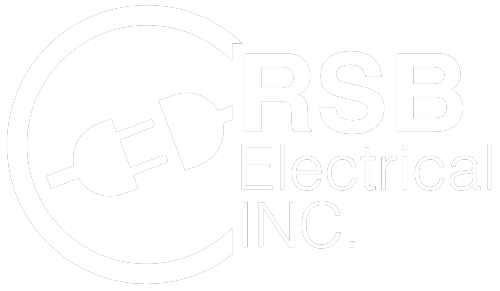Adding And Upgrading Electrical Outlets
Kitchens use an incredible number of appliances, making outlets a crucial part of comfortable kitchen usage.
Are you thinking of upgrading your electrical outlets or adding outlets? Many people do, both because of the safety factor and because it makes everything more convenient. Today, we’re looking at electrical outlet upgrades and additions.
Every room in the home has to have several electrical outlets installed. Arizona's housing standard electrical code is to have an outlet at least every twelve feet along the wall so that there is an outlet which is six feet from any point on the wall and about eighteen inches from the floor. But these are just minimums and recommendations; there are definite advantages to having more than the minimum acceptable number.
This outlets are hidden behind a false kitchen panel for quick access.
Versatility
Once additional outlets are added, the appliance and lighting function is going to be so much better. The more outlets a home has, the more places there are to put appliances and lighting. An adequate number of outlets give a home more versatility and style options when the furniture is in place. It'll increase the value of the house, as well.
During a renovation or upgrade
Adding outlets isn't the place to skimp out on the budget. During a renovation, adding a few more outlets won't cost more than buying all of those extension cords down the line. An extension cord is such a poor substitute for an outlet. They're not exceptionally safe, they're more likely to short out than electrical circuits, and they qualify as a trip hazard.
Electrical Codes
Extra outlets should comply with building and electrical laws so they'll be safe and pass inspection. A certified electrician is well-versed in these codes, so the work should pass inspection without incident, especially if the electrician stands behind their work the way we do. Outlet installation should occur before the drywall goes in, so the work can be inspected and approved before the project moves forward.
Another hidden outlet.
Heavy use areas
Kitchen outlets represent a particular challenge because kitchen appliances, behind entertainment appliances, represent the lion's share of outlet usage. And, let's face it, outlets on that expensive tile or marble backsplash are very distracting. Sometimes it's better to hide them, if possible, so the kitchen can really have the power it requires and still look elegant and inviting.
The kitchen, bathroom, basement, and crawl spaces are required to have GFCI outlets. These outlets provide a safety measure against the possibility of shock if the appliance (or the person using it) comes in contact with water, and there is a change in the current flow. GFCI's have saved thousands of people from electrical shocks since their introduction into the electrical code.
Upgrade options
There are so many variations in outlets now that sometimes homeowners just want their old outlets remodeled. People wonder how they ever lived without them. Here is a sampling of possibilities:
a combination outlet, which is an outlet with its own switch built in,
tamper-resistant outlets, which keep kids from poking hairpins in the outlet to test their dexterity skills
Rotating outlets; the prongs can be rotated in the wall so you can plug in two huge-pronged devices.
GFCI or AFCI for added safety.
USB outlets, which permit for both regular plugs and USB ports.
Smart outlets, which allows control of outlet from a smartphone (A hub has to be nearby)
During the process of adding outlets, ask your electrician to change all of your two-prong outlets to three-prong outlets. Three-prong outlets are a much safer option, and we've never heard anyone wish their electrical wiring was 'less safe.'
Once your home has a bountiful supply of electrical outlets, you'll wonder how you ever got by without them!
When in need of home electrical inspections, whole-house surge protector installation, attic fan installation, or smoke detector installation, electrical repair, or home electric car charger installation, trust the licensed and insured professionals at RSB Electrical. We are a 24-hour emergency electrician based out of Mesa, AZ. Call 480-485-4284 for more information.



